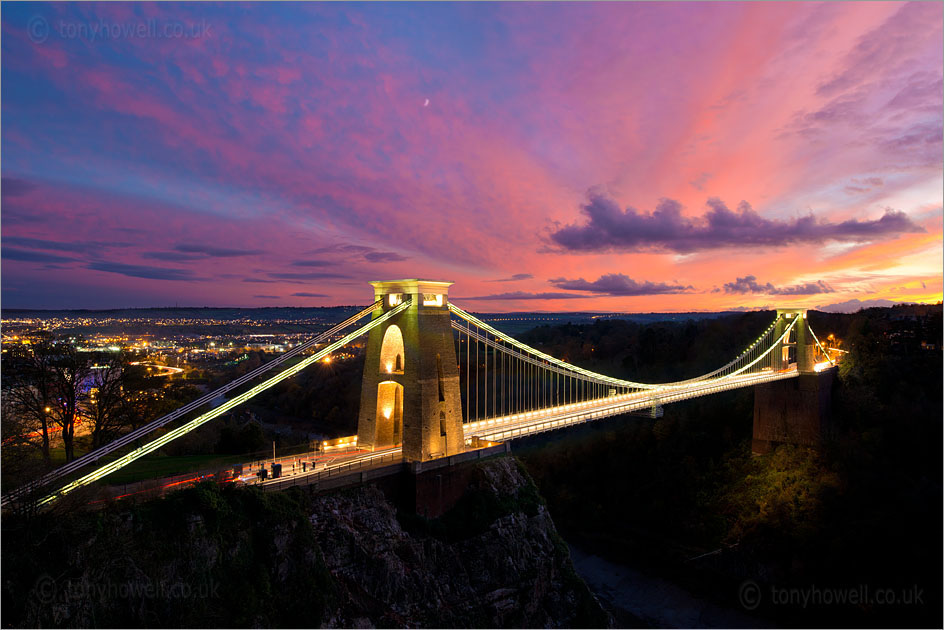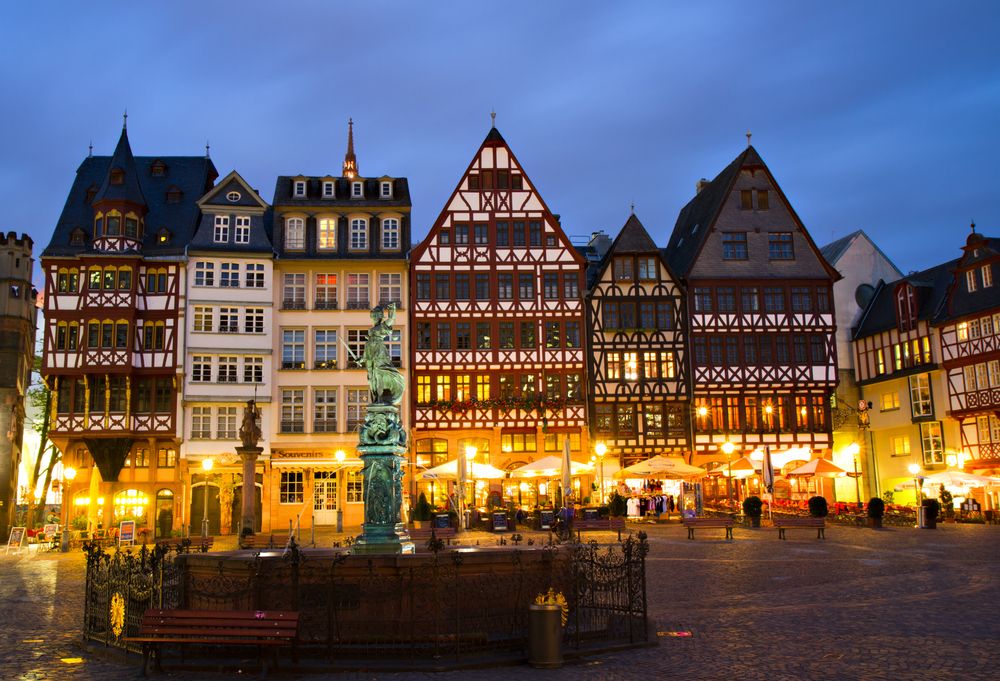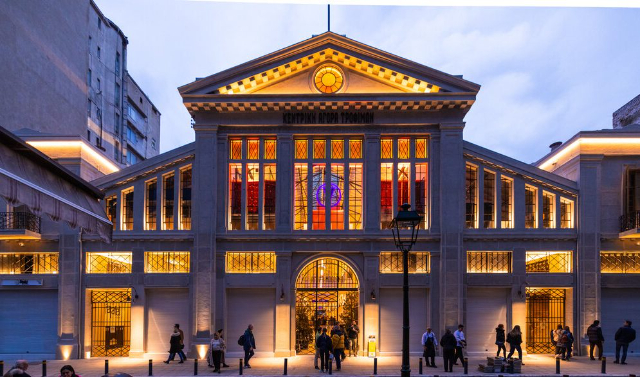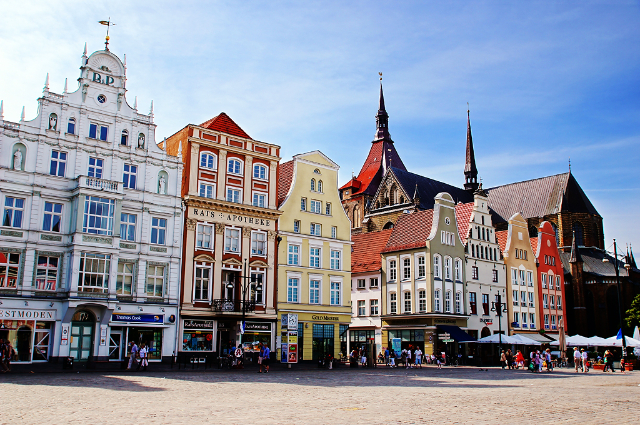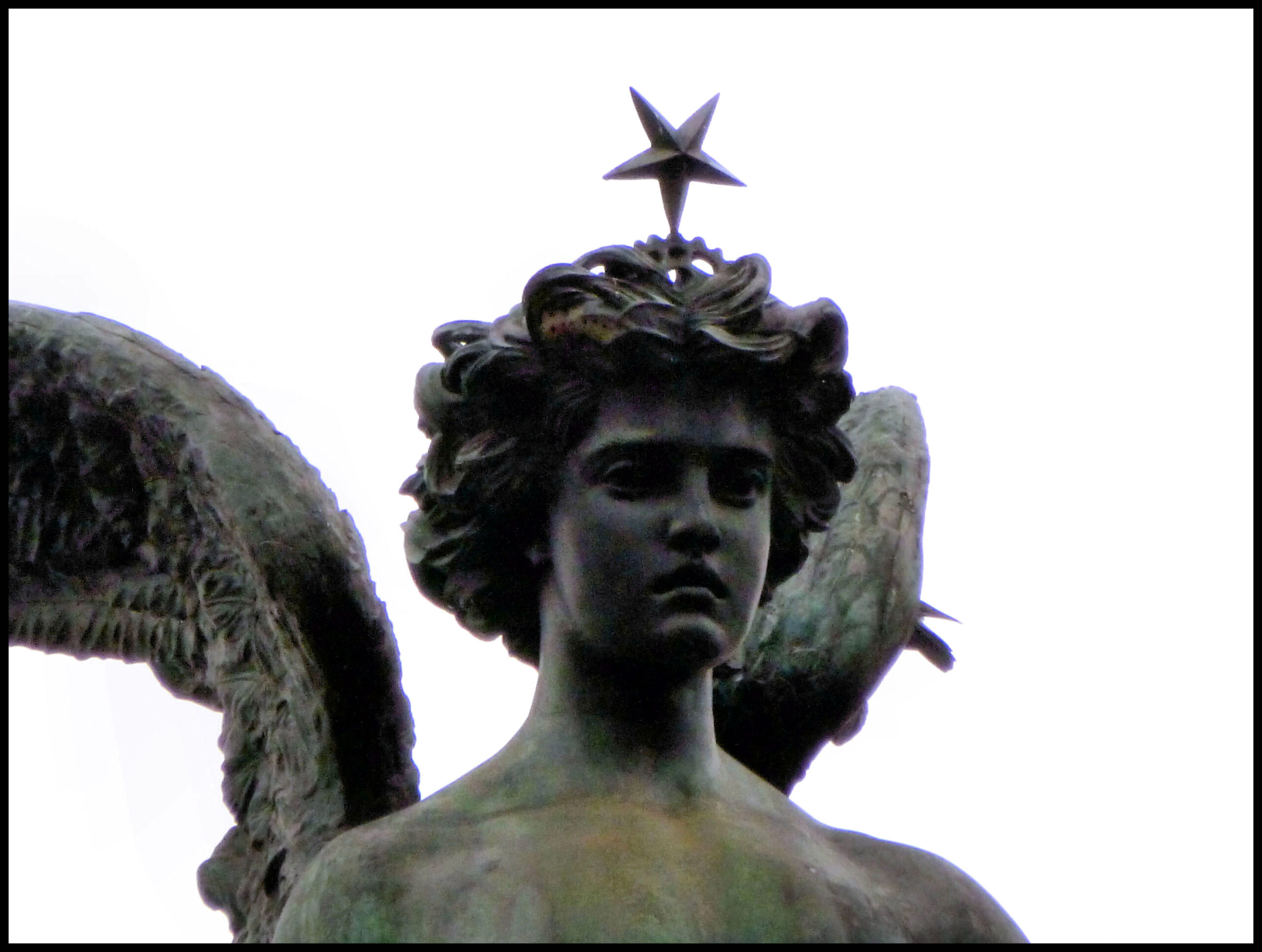Trepponti is certainly the most important symbol of the city.five staircases and four canals, called Salara, Sant’Agostino, Borgo and San Pietro, for a real record-breaking bridge.it was built around 1638 on a design by the architect Luca Danese of Ravenna at the behest of the Cardinal Legate Giovan Battista Pallotta (1631-1634). The Trepponti or Pallotta Bridge was at the time the fortified gate of the city for those coming from the sea along the navigable canal, a contemporary hydraulic work that brought living water and sea wood, finally giving healthiness to the lagoon and a certain prosperity to its inhabitants. The initial design, with five wide arched staircases, culminating in a rise made entirely of Istrian stone, was adapted over the centuries for practical and aesthetic needs, which involved the addition, for example, of two watchtowers and six graceful pillars at the top of the steps. The vault of Trepponti serves as a crossroads for four canals that branch off from here to the city, surrounding it and crossing it, called Sant’Agostino, Borgo, San Pietro and Salara. Opposite the bridge is the ancient fish market. Further ahead is the so-called Ponte degli Sbirri (Cops’ Bridge), since it was built next to the prisons in the 17th century.


